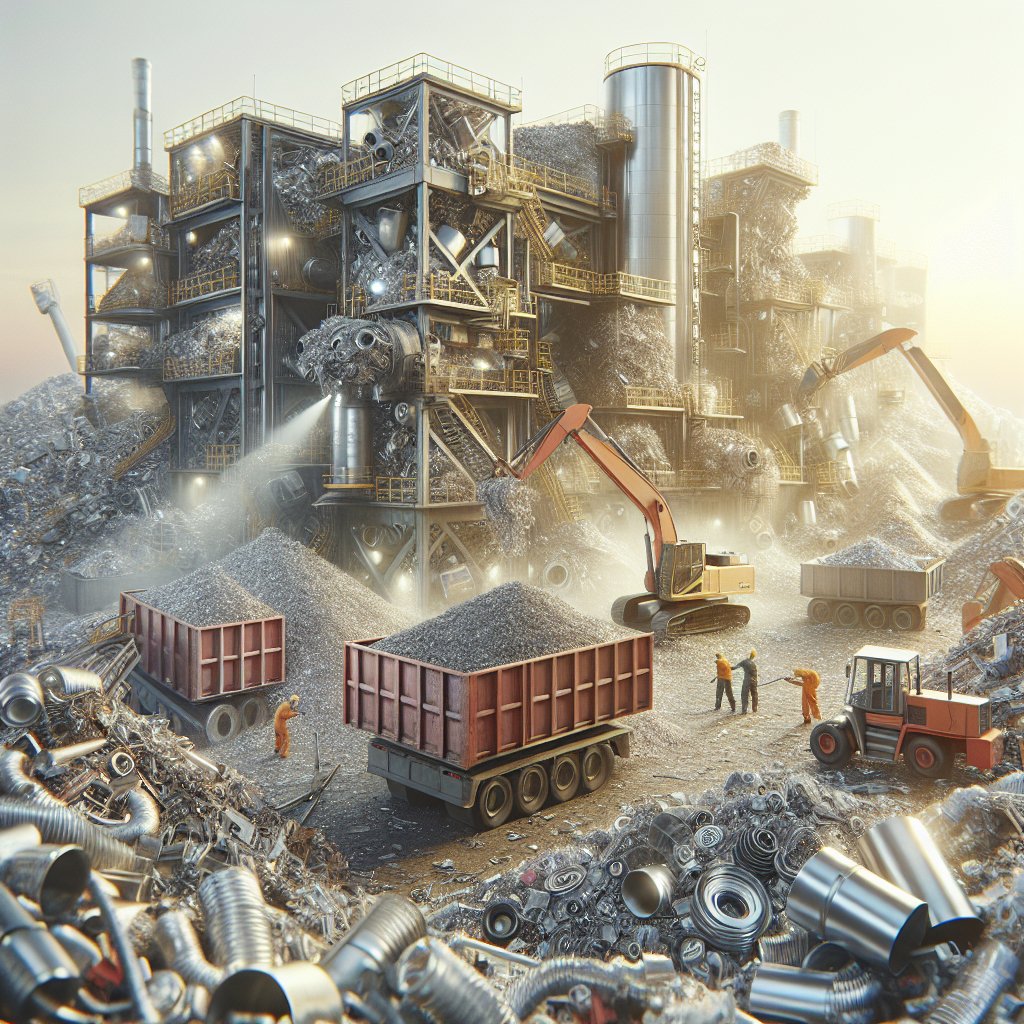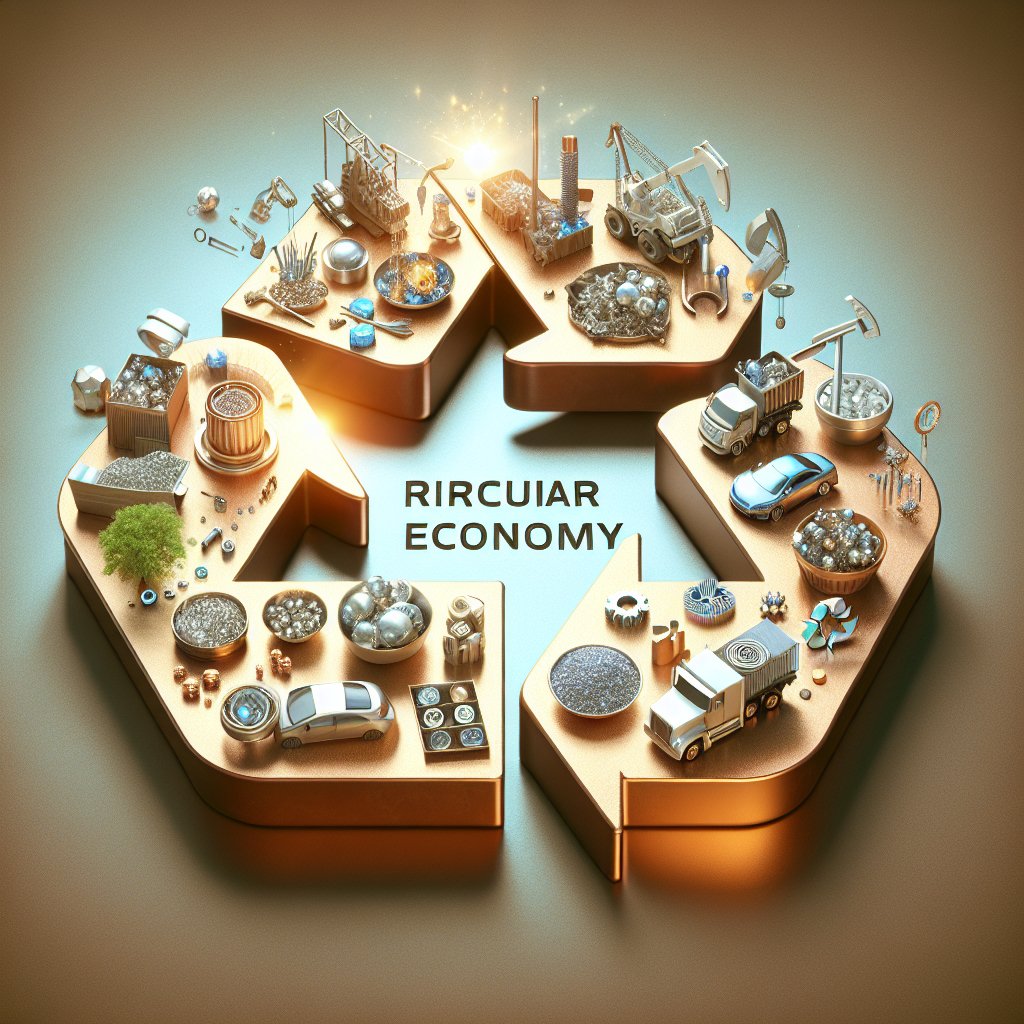The rare metal recycling industry is facing a multitude of challenges that are critical to address in order to ensure sustainable resource management and environmental protection. As the demand for rare metals continues to rise, driven by technological advancements and the transition to green energy, the recycling sector must overcome significant hurdles to meet this growing need efficiently and responsibly.
Understanding the Importance of Rare Metal Recycling
Rare metals, such as lithium, cobalt, and rare earth elements, are essential components in a wide range of modern technologies, including smartphones, electric vehicles, and renewable energy systems. These metals are not only scarce but also difficult to extract and process, making their recycling an important aspect of resource conservation. The recycling of rare metals helps reduce the environmental impact of mining, decreases energy consumption, and minimizes waste. However, the industry is still in its nascent stages, grappling with various technical, economic, and regulatory challenges.
One of the primary reasons for the importance of rare metal recycling is the finite nature of these resources. As global reserves of rare metals dwindle, the need for efficient recycling processes becomes more pressing. Additionally, the extraction and processing of these metals often involve environmentally harmful practices, such as the use of toxic chemicals and significant energy consumption. By recycling rare metals, the industry can mitigate these environmental impacts and contribute to a more sustainable future.
Moreover, the geopolitical implications of rare metal supply chains cannot be ignored. Many rare metals are concentrated in specific regions, leading to potential supply disruptions due to political instability or trade restrictions. Recycling offers a way to reduce dependency on these volatile supply chains and enhance resource security. Despite these benefits, the rare metal recycling industry faces numerous challenges that must be addressed to realize its full potential.
Technical and Economic Challenges in Rare Metal Recycling
The recycling of rare metals is fraught with technical challenges that stem from the complex nature of the materials involved. Unlike more common metals such as aluminum or copper, rare metals are often used in small quantities and are embedded in complex products, making their extraction and separation difficult. For instance, the recycling of lithium-ion batteries, which contain valuable metals like lithium and cobalt, requires sophisticated processes to safely and efficiently recover these materials.
One of the key technical challenges is the development of efficient separation and purification technologies. Current methods are often costly and energy-intensive, limiting their economic viability. Innovations in hydrometallurgical and pyrometallurgical processes are needed to improve the efficiency and cost-effectiveness of rare metal recycling. Additionally, the development of new technologies for the detection and sorting of rare metals in waste streams is crucial to enhance recovery rates.
Economic challenges also play a significant role in hindering the growth of the rare metal recycling industry. The fluctuating prices of rare metals can impact the profitability of recycling operations, making it difficult for companies to invest in new technologies and infrastructure. Furthermore, the initial capital investment required for setting up recycling facilities can be prohibitive, especially for small and medium-sized enterprises. To overcome these economic barriers, government incentives and subsidies may be necessary to encourage investment in the recycling sector.
Another economic challenge is the lack of standardized regulations and policies governing rare metal recycling. The absence of a cohesive regulatory framework can lead to inconsistencies in recycling practices and hinder the development of a robust recycling industry. Establishing clear guidelines and standards for the recycling of rare metals is essential to ensure the quality and safety of recycled materials and to promote industry growth.
Regulatory and Environmental Considerations
The regulatory landscape for rare metal recycling is complex and varies significantly across different regions. In many cases, existing regulations are not specifically tailored to the unique challenges of rare metal recycling, leading to gaps in policy and enforcement. This lack of regulatory clarity can create uncertainty for companies operating in the recycling sector and impede the development of a cohesive industry framework.
To address these regulatory challenges, governments and international organizations must work together to develop comprehensive policies that support the growth of the rare metal recycling industry. This includes establishing clear definitions and classifications for rare metals, setting targets for recycling rates, and implementing measures to ensure the traceability and transparency of recycled materials. Additionally, international cooperation is essential to harmonize regulations and facilitate cross-border trade in recycled rare metals.
Environmental considerations are also a critical aspect of rare metal recycling. While recycling offers significant environmental benefits, such as reducing the need for mining and lowering greenhouse gas emissions, it is not without its own environmental impacts. The recycling process can generate waste and emissions, and the use of certain chemicals in extraction and purification processes can pose environmental risks. To minimize these impacts, the industry must adopt best practices and invest in research and development to improve the sustainability of recycling processes.
Furthermore, public awareness and education are vital to promoting the importance of rare metal recycling and encouraging responsible consumer behavior. By increasing awareness of the environmental and economic benefits of recycling, consumers can be motivated to participate in recycling programs and support sustainable practices. This, in turn, can drive demand for recycled materials and contribute to the growth of the industry.
In conclusion, the rare metal recycling industry faces a range of challenges that must be addressed to ensure its success and sustainability. By overcoming technical, economic, and regulatory hurdles, the industry can play a crucial role in conserving valuable resources, reducing environmental impacts, and enhancing resource security. Through collaboration and innovation, the rare metal recycling sector can contribute to a more sustainable and resilient future.












